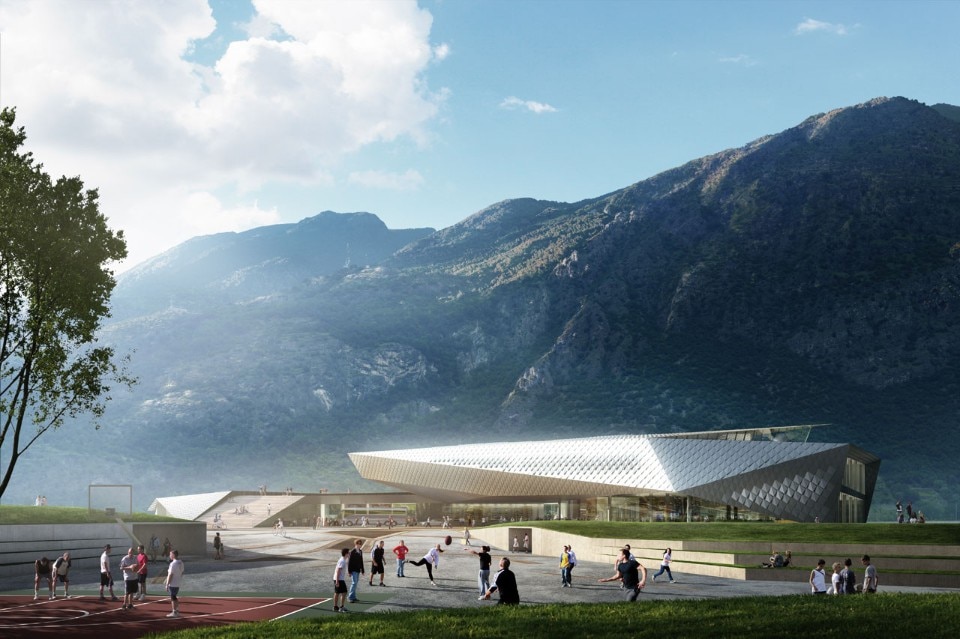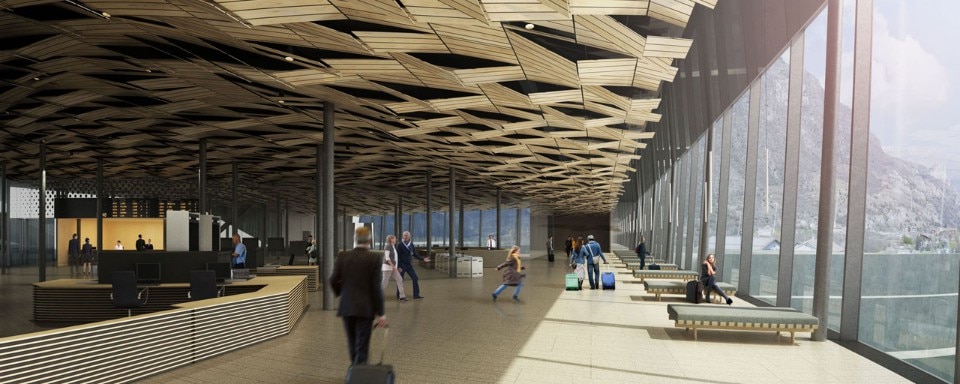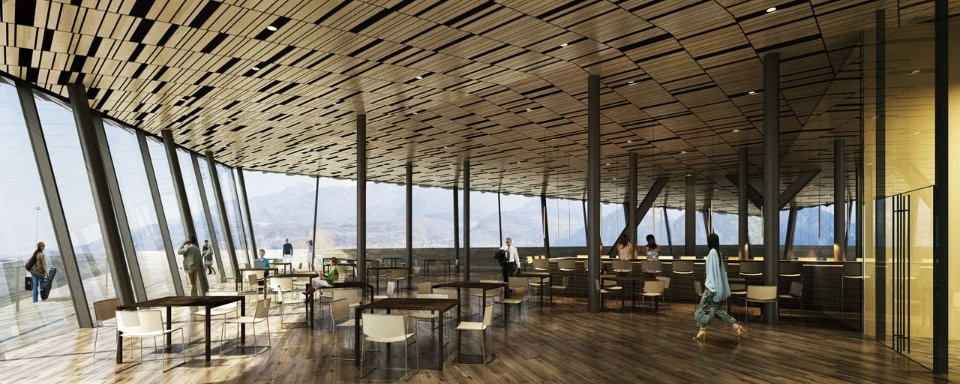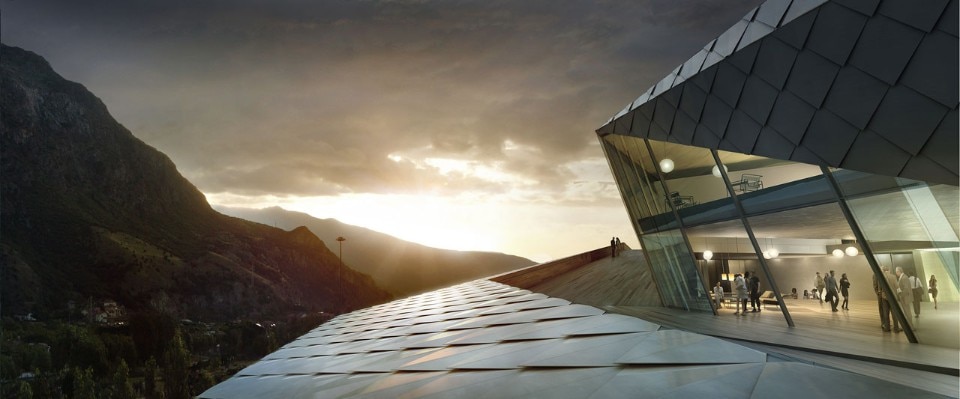One of the points of disagreement between the two main political forces in Italy, Matteo Salvini (Minister of the Interior) of the Lega Nord and Luigi Di Maio (Minister of Labor) of the 5-Star Movement, is the completion of the TAV, the line railway for high speed that would connect Turin with Lyon. Project started 30 years ago, between criticism and political movements against the construction of the line (the “No Tav”). It is not just a political discussion: the work is proceeding with an international agreement between France and Italy that can not be resolved except by the payment of a penalty by Italy.
A possible compromise, however, to save and satisfy the 5 Star Movement and perhaps the No Tav movement, is to blow up the construction of the new station in Susa, designed by Kengo Kuma, who won an international competition in 2012. The station has long been criticized for costs but is necessary for the new line. If not completed the savings would not be many (compared to the cost of the tunnel from Turin to Orbassano, 1.5 billion euros, and the entire work, 2 billion) but have a symbolic value, ranging from 48.5 to 80 million euro (the data available are variable). The global work, for the most part financed by the European Union (41%), should be completed between 2027 and 2030.
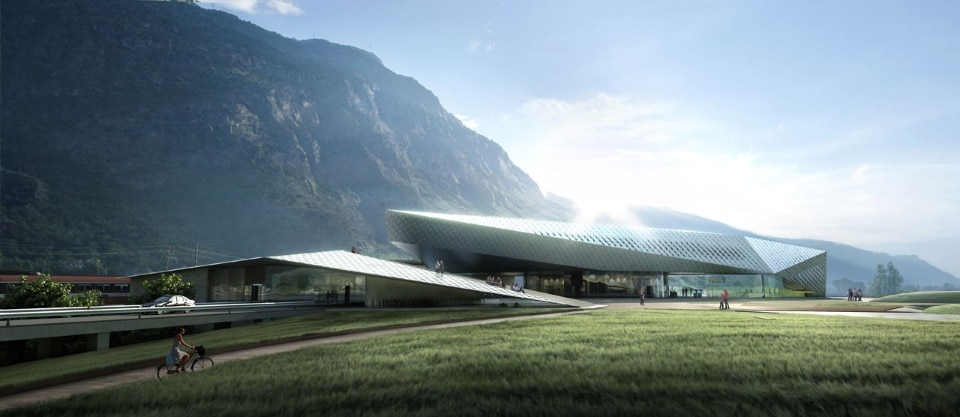
THE STATION PROJECT
The building as described by Kengo Kuma aims to transform the station into a public space, such as a pedestrian connection between various structures already present, spaces and parks along the river. It has a spiral development, with a ramp that opens onto a panoramic balcony with a 360 degree view on the beauty of the Alpine landscape. The design recalls the surrounding mountains, the station intends to bind and merge with the surroundings, does not occupy additional portions of soil. There is no main facade. The numerous metal flakes of the building establish a material dialogue with the traditional roof architecture in local stone slabs. On the top floor of the station there is a multi-purpose hall and a regional museum. Technologies have been included to make better use of natural light and to save energy.


